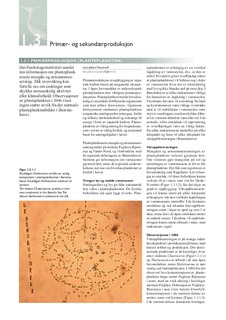| dc.description.abstract | In the Barents Sea, the monitoring of
phytoplankton abundance and species
composition is carried out on the transects
Fugløya–Bjørnøya and Vardø–N and during
the regional covering of the area in the
autumn. The monitoring programme gives
important information for a better understanding of food web processes, effects of human activity, and changes due to climate
change. The spring bloom is the peak of
the phytoplankton production. The vertical
stratification of the water column is a
controlling factor of the bloom, because
the phytoplankton must be kept in water
depths with sufficient light for the bloom
to start. The onset can vary considerably
between areas. In the coastal waters and at
the ice edge, the bloom can start in April,
whereas it often starts a month later in
the open ocean. In the fjords, the bloom
typically starts in March with a peak in
April. In 2006, the seasonal distribution
of phytoplankton was more or less similar
to what has been observed in earlier years.
The spring bloom occur red in May–June
at the transect Fugløya–Bjørnøya. The
coccolithophorid Emiliania huxleyi was
observed in the autumn, but did not form
a large bloom as in 2005. | en |
